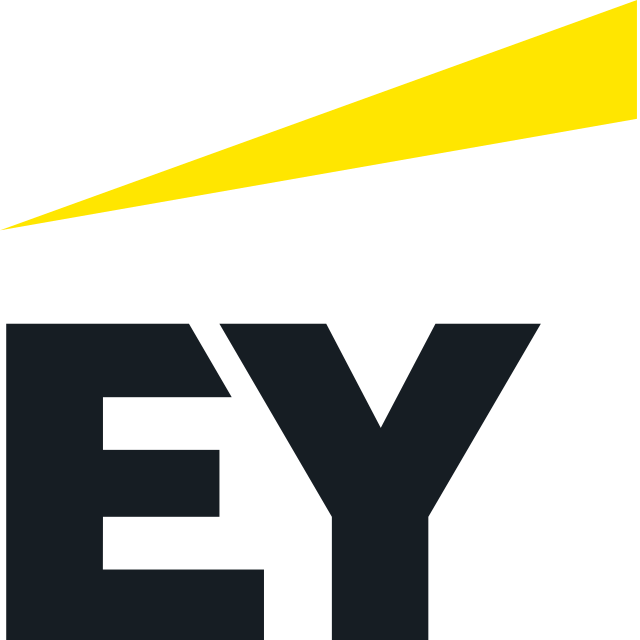Copyright ©2025
Jungles S.r.l.
Uffici e sede legale: Via Meravigli 14, 20123 Milano
P.IVA 10065560962
Privacy Policy
Contact: info@jungl.es
Jungles S.r.l.
Uffici e sede legale: Via Meravigli 14, 20123 Milano
P.IVA 10065560962
Privacy Policy
Contact: info@jungl.es












